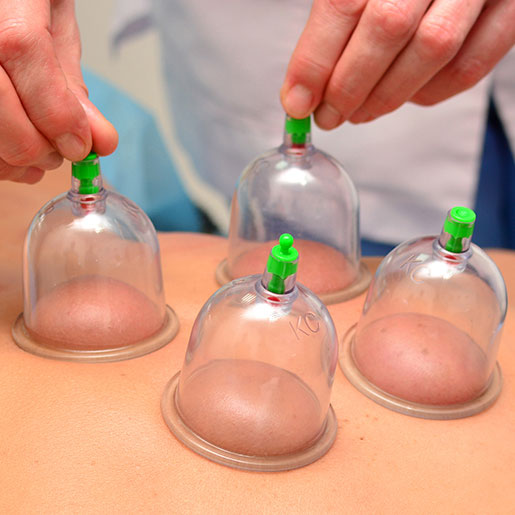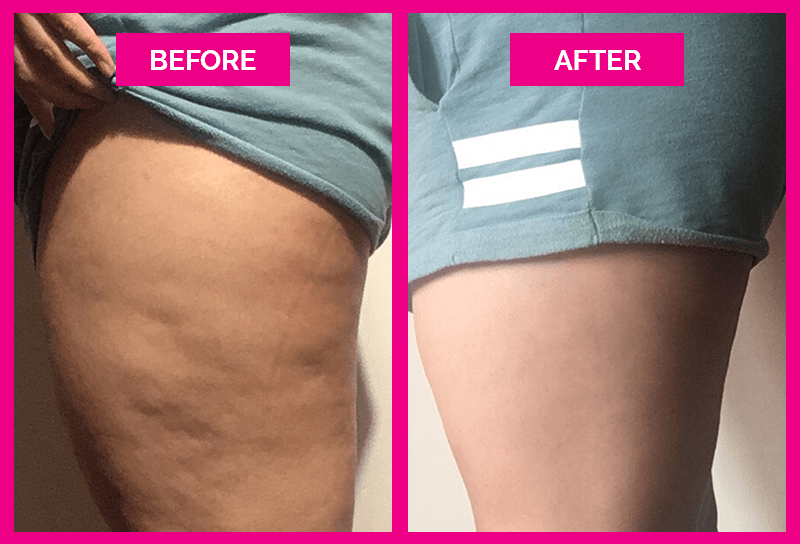Hijama treatment, also known as cupping therapy, is a traditional healing practice that has been utilized for centuries in various cultures across the globe. This ancient therapy involves creating suction on the skin's surface using cups to draw out impurities and promote healing. In recent years, Hijama treatment in Riyadh has gained popularity as people seek alternative remedies for various ailments. Let's delve deeper into this therapeutic technique, exploring its history, benefits, procedure, and potential risks.

History of Hijama Treatment
Hijama has roots tracing back to ancient civilizations, including Egyptian, Chinese, and Middle Eastern cultures. The practice has been mentioned in historical texts dating back thousands of years, indicating its long-standing significance in traditional medicine. It was believed to alleviate a wide range of ailments, from physical pain to spiritual imbalances. Over time, Hijama evolved and spread to different regions, each incorporating its unique techniques and variations.
Points:
Briefly introduce the historical significance of Hijama treatment.
Highlight its prevalence in various ancient civilizations.
Emphasize its long-standing history as a therapeutic practice.
Benefits of Hijama Treatment
Advocates of Hijama treatment often tout its numerous health benefits. One of the primary advantages is its ability to improve blood circulation and lymphatic flow, which can aid in detoxification and tissue regeneration. Additionally, Hijama is believed to reduce inflammation, relieve pain, and promote relaxation. Many individuals seek this therapy for conditions such as chronic pain, migraines, digestive issues, and stress-related ailments.
Points:
Highlight the benefits of improved blood circulation and lymphatic flow.
Mention the therapeutic effects on inflammation and pain relief.
Address common health issues that Hijama treatment may alleviate.
Procedure of Hijama Treatment
The Hijama procedure typically begins with a thorough assessment of the patient's medical history and current health status. The practitioner then selects appropriate cupping points based on the individual's condition and concerns. Cups are applied to the skin using various methods, such as dry or wet cupping, depending on the desired outcome. Once the cups are in place, they create a vacuum effect, drawing stagnant blood and toxins to the surface. After a specified duration, the cups are removed, and the area may be gently massaged or cleaned.
Points:
Describe the initial assessment process before Hijama treatment.
Explain the different cupping techniques used during the procedure.
Outline the steps involved in the application and removal of cups.
Potential Risks and Precautions
While Hijama treatment is generally considered safe when performed by trained professionals, there are potential risks to be aware of. These include temporary bruising, soreness, and skin irritation at the cupping sites. In rare cases, more serious complications such as infection or burns may occur if proper hygiene and technique are not followed. It's essential for individuals considering Hijama therapy to seek qualified practitioners who adhere to strict safety protocols and sanitary standards.

Points:
Acknowledge the potential risks associated with Hijama treatment.
Stress the importance of seeking qualified practitioners.
Emphasize the need for adherence to safety and hygiene measures.
Conclusion
Hijama treatment continues to be valued by many individuals seeking holistic approaches to health and wellness. Its long history and purported benefits make it a compelling option for those exploring alternative therapies. However, it's crucial to approach Hijama with caution and ensure that it's performed by skilled practitioners in a safe and sanitary environment. By understanding the principles, benefits, and potential risks of Hijama treatment, individuals can make informed decisions about incorporating this ancient healing practice into their wellness regimen.
Points:
Summarize the significance of Hijama treatment in holistic healthcare.
Reiterate the importance of caution and qualified practitioners.
Encourage informed decision-making regarding alternative therapies.
